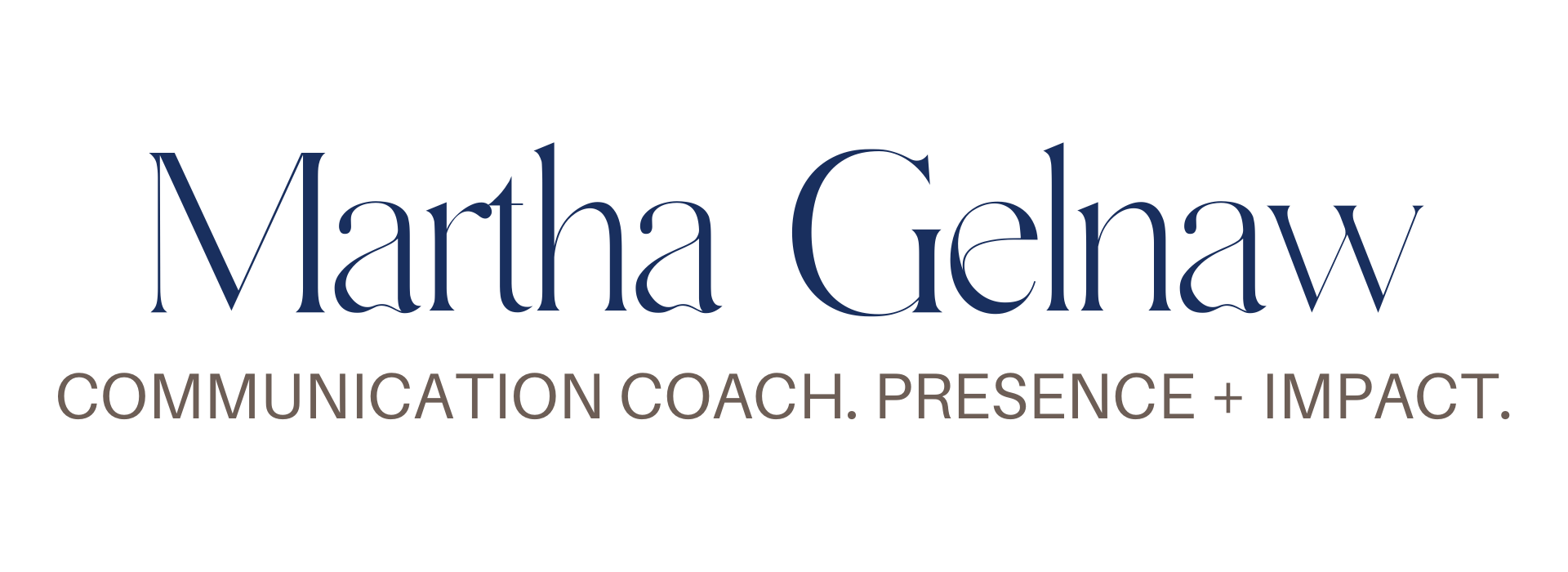 Illuminate what you do to contribute to the success of your clients
Illuminate what you do to contribute to the success of your clients
To give a great credentials presentation, here’s what you need to know about this essential interaction.
The best credentials presentation has three parts to it:
- Here’s what we know or think we know about your business
- Here’s what we can do for you to create greater success for you
- Here’s what it’s like to work with us.
Remember to build Rapport throughout (see below)
It’s in Part 1 is where the meeting is won or lost.
Whether you’ve had two weeks to prepare for the meeting or two days, take whatever time available and generate some ideas or hypotheses about the prospective client’s business and industry.
Have some really great questions to ask the prospective client to further understand what they value.
You don’t have to be right, that’s why they’re called “hypotheses.” And the fact that you went the extra step and had something like this to begin with is the big advantage.
You now have the added benefit of starting the meeting by talking about the prospective client not about pitching your organization. It’s a plus when compared to the typical pitch. It is a differentiator for you.
Part 1 ends with a transition, which is a lynchpin part of the pitch — “Given what we know about you (and/or what you just told us about you), here’s what you should be looking for in a provider.” Now you can set decision criteria for the prospect…criteria that you’re going to solve for in part 2.
Now, in Part 2 is the “here’s what we can do for you” part – is designed to provide the deliverables that you and the client have jointly (hopefully) settled on in the transition out of Part 1.
Connect your company’s expertise and products as specific benefits to solve for specific needs. Make it relevant. Use the context of the client. blend in evidence tailored to the client– often case studies – to be persuasive.
Part 3 – here’s what it’s like to work with us – is actually where the typical credentials stuff goes.
By speaking about this at the end, it becomes relevant and distinctive. In fact, it’s serving as pure “evidence” to support the deliverables you’re offering in Part 2.
What people really want to know is “Would I love to work with these people? Do I like them? Do they fit in? Do I trust them? Can I respect what they tell us?”
Therefore, build Rapport. The chemistry you generate with them in the room can more valuable than citing your awards. What they do care about is that you care about them.

